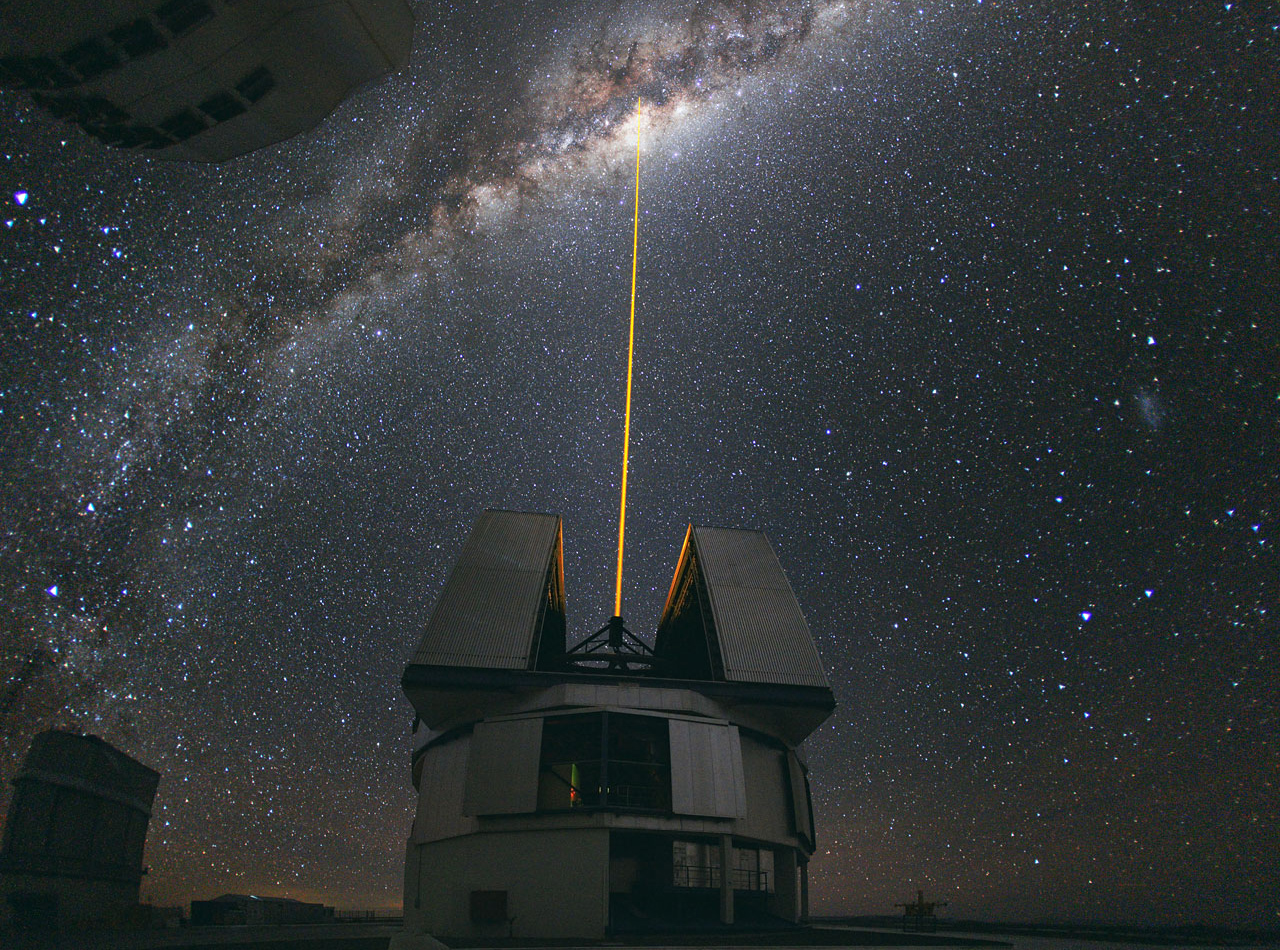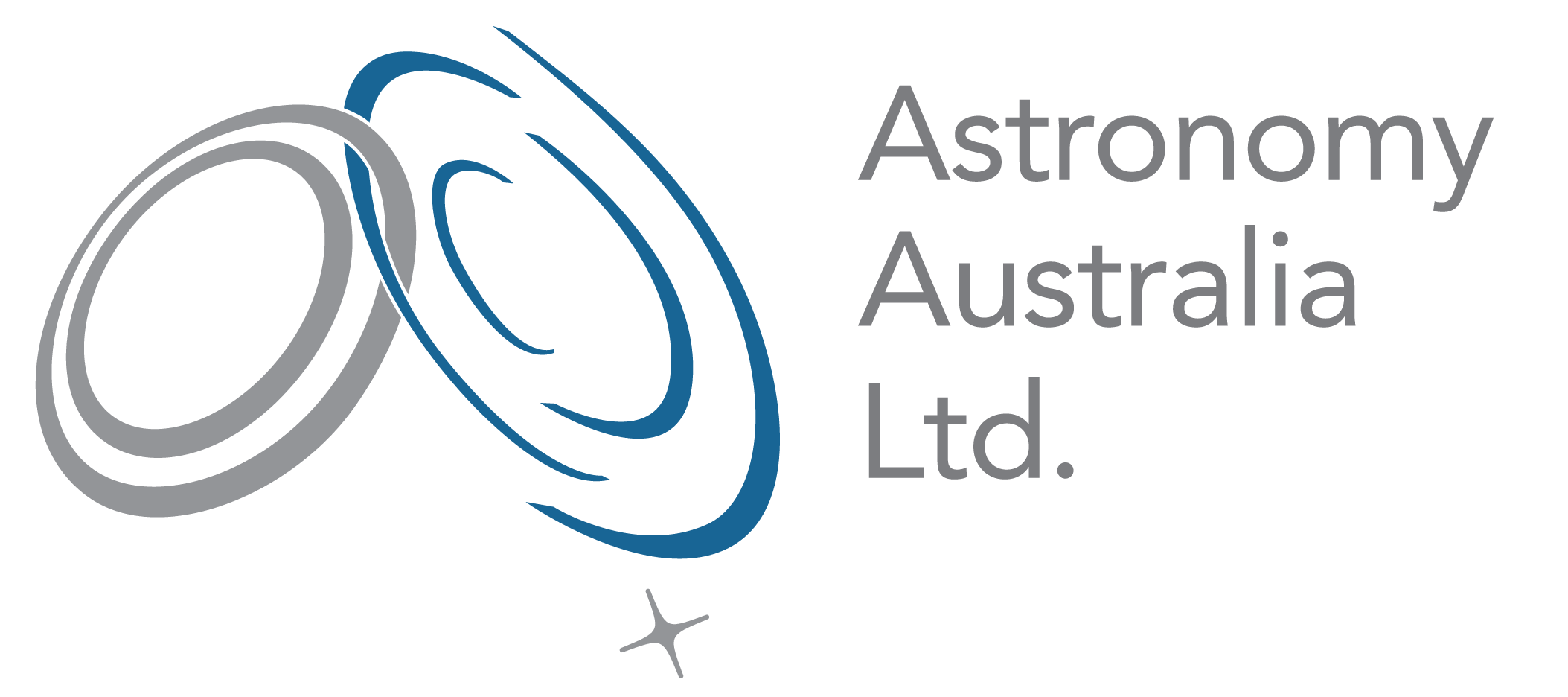
AAL is currently seeking nominations to the ESO Users Committee. Applications close Friday 24 September 2021, 7 PM AEST (5 PM AWST). Late applications will not be accepted.
Under the Strategic Partnership between Australia and ESO, Australia is entitled to representation to this Users Committee (UC) and three other bodies: The ESO Council, Finance Committee (FC) and the Scientific Technical Committee (STC).
The Australian Government and AAL seek to ensure strong engagement between the astronomy community and ESO, so that Australia’s astronomy community can make the most of this unprecedented 10-year scientific partnership and meet the goals of the Decadal Plan for Australian Astronomy 2016-2025.
Australia’s inaugural representative on the ESO UC, Dr Caroline Foster (University of Sydney), has decided not to continue in this role beyond the end of 2021. The Department of Industry, Science, Energy and Resources and AAL thank Dr Foster for her service in representing the interests of the Australian astronomy community on the UC since 2017, and for the expert, objective advice and insights she has provided in the critical establishment phase of the Australia-ESO Strategic Partnership.
The Department has asked AAL to invite Australian astronomers to self‑nominate for this role, using this cover sheet for their application.
The deadline for nominations by e-mail to [email protected] is 7pm AEST (5pm AWST) on Friday 24 September 2021.
On receipt of nominations, AAL will conduct an internal merit-based short-listing process and will advise the Department on the three most suitable candidates for the UC representative role. The ESO Director-General will consider the candidates and select the Australian representative on the UC, based on the candidates’ merits and ESO’s need to ensure adequate coverage of relevant astronomical techniques and disciplines on each Committee.
Australia’s representative on the UC will be appointed for a term of three (3) years, with the possibility of reappointment for a further three-year term. The selected representative must be available to attend all UC meetings during their appointment term, starting from the first UC meeting of 2022, expected to be in around late-April 2022. Under normal circumstances this would be held at ESO Headquarters in Garching, Germany, but remote participation will also be an option.
There is no remuneration associated with participation on the ESO governing bodies. However, ESO covers reasonable travel and accommodation expenses for the Australian UC representative to attend the meetings of the UC when possible.
Australia’s representatives on ESO governing bodies also participate as ex officio members on the Australia-ESO Coordinating Group, convened by the Department to ensure Australia presents a consistent, collaborative, and broadly representative position in its engagement with ESO governance bodies as a whole, and the ESO Council in particular. This Group meets up to four times per year, with most attendees participating by video link. Members engage with the astronomy community to ensure that its views are considered by the Group in advising on Australia’s position on matters relating to the ESO Strategic Partnership.
Enquiries about this position can be directed to AAL Program Manager Dr Stuart Ryder: [email protected].
